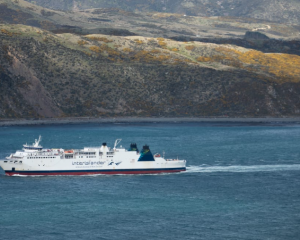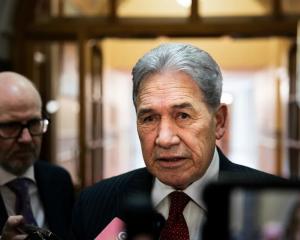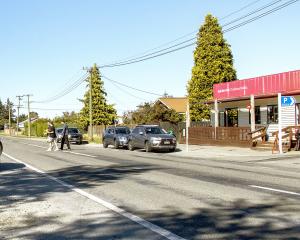Two dams in the Hunua Ranges which supply about 20 per cent of Auckland's water were closed for four months this year after traces of a toxic herbicide applied to nearby forestry blocks got into the dams' supply lakes.
Last night, Watercare Services said there was no risk to public health.
Auckland Council was told of the incident, but both the council and Watercare Services kept it quiet from the public until a whistleblower contacted the Herald yesterday.
Watercare communications manager John Redwood said the public were not notified because "we were confident there was no risk of water from the lakes being drawn into the supply network at any time".
After a forestry block on council land in the Cosseys, Wairoa and Mangatawhiri dam catchments was sprayed on May 12, Watercare detected traces of the herbicide metsulfuron-methyl in the Cosseys and Wairoa lakes.
Metsulfuron-methyl is a residual toxic herbicide used to kill broadleaf weeds and some annual grasses.
Watercare said the likely cause was run-off from surrounding blocks as a result of unexpected heavy rain two days after spraying. GPS tracking by helicopter confirmed spray was not applied to the lake areas.
Mr Redwood said there was no chance the herbicide got into the water supply because Watercare always had advance notice of spraying, it put extra monitoring in place on May 12, the herbicide was detected at the other end of the lakes from where water is drawn off and there was a rigid testing regime.
Before any potentially toxic water could have been drawn from either lake, they were isolated from the supply network and an intensive sampling programme by Watercare and independent laboratories began.
No presence of the herbicide was detected after July 21 and after independent advice from a UK-based water scientist, Dr Colin Fricker, the lakes were back in service last month.
Watercare said New Zealand drinking standards did not cover metsulfuron-methyl. But Australian guidelines said it would not be a health concern unless the concentration exceeded 0.2mg per litre.
Initial readings in both lakes were well below this level, Watercare said.
Dr Leo Schep, a toxicologist at the National Poisons Centre in Dunedin, said the Australian guidelines were robust, based on scientific data, and he would be happy with the Watercare figures if they were below the recommended guidelines.
He could not comment on the herbicide without looking it up.
Fellow toxicologist Dr Michael Beasley said the risk of getting sick from the herbicide was very low given the reported concentration level. "It's very likely that the risk is negligible and I think it's very low."
The Hunua Ranges have five dams, supplying about 65 per cent of Auckland's water. The Cosseys and Wairoa dams account for about a third of the water in the ranges, or about 20 per cent of the city's needs.
The water from each dam is piped to the Ardmore water treatment plant. It is then stored and transported through pipes up to 1.9m in diameter into reservoirs nearer the city.
The other dams in the Hunua Ranges are the Mangatangi, Mangatawhiri and Hays Creek.
Auckland Council last week voted to switch to 1080 for pest control in the Hunua Ranges Regional Park. It says stringent controls will ensure the poison does not enter water supplies.
By Bernard Orsman of the New Zealand Herald












